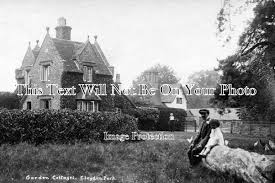
Introduction
The Bayeux Tapestry is more than just a remarkable piece of fabric; it is an extraordinary historical document that vividly narrates the events surrounding the Norman Conquest of England in 1066. This embroidered masterpiece, measuring approximately 70 metres long, offers insight into a crucial turning point in European history. Understanding the significance of the Bayeux Tapestry is vital not only for historians but for anyone intrigued by the intricate weave of culture, politics, and artistry in medieval Europe.
History and Creation
The origins of the Bayeux Tapestry can be traced back to the late 11th century, likely commissioned by Bishop Odo of Bayeux, the half-brother of William the Conqueror. Created in England, the tapestry depicts a narrative of the events that led up to the Battle of Hastings, portraying key figures such as Harold Godwinson and William the Conqueror in a series of embroidered scenes. Scholars suggest that it was made by skilled craftsmen who used wool yarn on linen, employing techniques that have intrigued conservators and art historians alike for centuries.
Significance and Preservation
The Bayeux Tapestry holds immense historical and cultural significance. Not only does it serve as a visual record of the 11th-century society, including details on armaments, ships, and attire, but it also reflects the political narratives and power struggles of the time. Recently, discussions regarding the preservation and digitisation of the tapestry have ramped up, especially as it suffers from damage due to environmental factors. The tapestry is currently housed in the Bayeux Museum in France, attracting thousands of visitors each year, eager to witness this UNESCO World Heritage-listed artefact.
Modern Adaptations and Legacy
In recent years, various adaptations of the Bayeux Tapestry have been created, with interpretations ranging from animated films to digital storytelling platforms. These modern retellings aim to make the history accessible to broader audiences, showcasing the narrative’s enduring relevance. Furthermore, the tapestry continues to inspire art and literature, prompting projects that explore themes of conquest, power, and cultural exchange in contemporary contexts.
Conclusion
The legacy of the Bayeux Tapestry demonstrates the power of storytelling through visual art, immortalising the events and characters of a critical chapter in history. As conversations around its preservation and reinterpretation unfold, the tapestry remains a vital link between past and present, inviting future generations to engage with the rich narrative of the Norman Conquest. With ongoing efforts to protect and share this historical treasure, the Bayeux Tapestry will undoubtedly continue to fascinate and educate audiences worldwide.
You may also like

The Royal Opera House: A Jewel in London’s Cultural Landscape

Exploring the Historic City of York: A Cultural Gem
